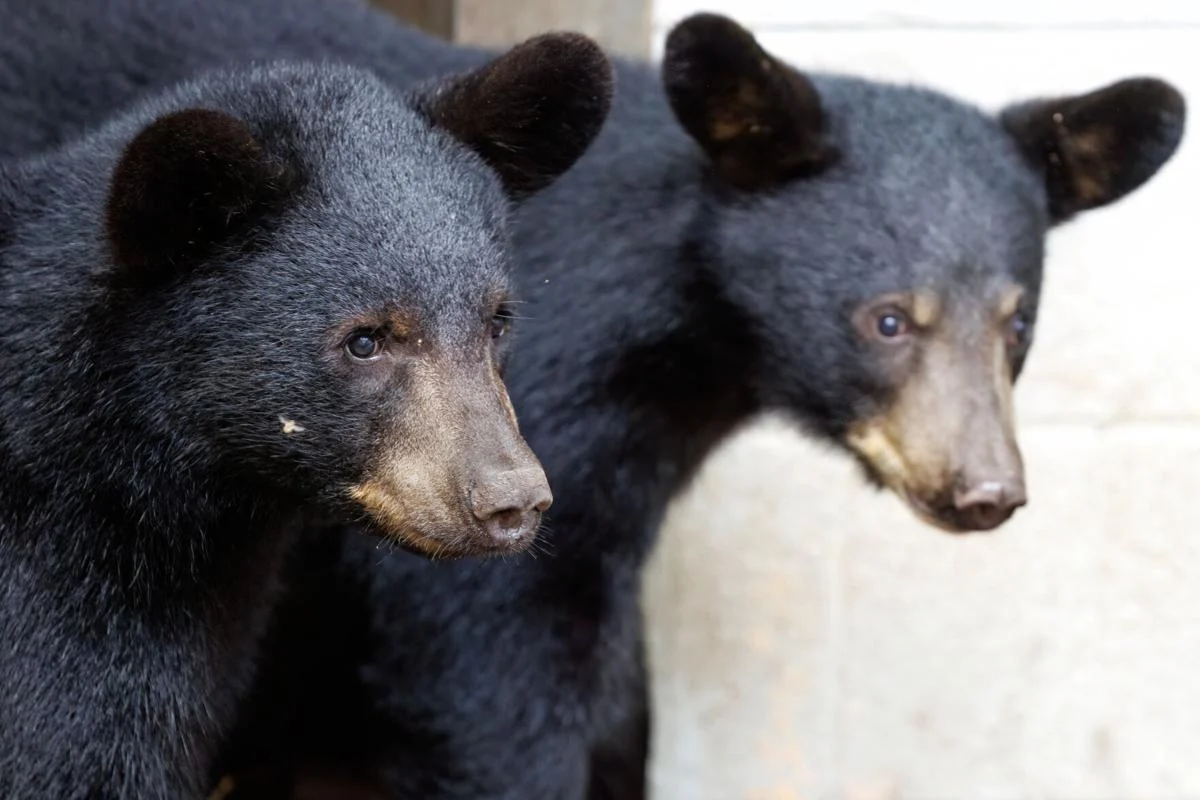Twelve Rehabilitated Black Bear Cubs Released Into the Wild Across North Carolina
ASHEVILLE, NORTH CAROLINA — Twelve black bear cubs are roaming free again after being successfully rehabilitated and released into their natural habitats by the North Carolina Wildlife Resources Commission (NCWRC) this week. Officials say the release is part of a decades-long effort to restore and protect the state’s black bear population.
Decades of Conservation Effort
According to the North Carolina Wildlife Resources Commission, the rehabilitation program began in 1976, when black bears were becoming increasingly rare across the state. Since then, the initiative has helped thousands of orphaned cubs recover and return to the wild.
In this latest release, four cubs came from North Carolina’s coastal region, while eight were from the mountain areas. The young bears were nurtured and prepared for life in the wild before being released at carefully selected locations where natural food sources such as acorns and berries are abundant.
From Rescue to Release
Officials explained that cubs typically arrive at the NCWRC facilities between April and June, with some as early as late January. They are cared for either at the North Carolina Zoo or the Appalachian Wildlife Refuge, where they receive specialized diets, medical attention, and behavioral conditioning until they reach 7 to 8 months old.
Once ready, the cubs are released in early fall, coinciding with the peak season for natural foods that help them adjust smoothly to independent life in the wild.
Wildlife Officials Urge Public Awareness
The NCWRC continues to remind residents that a bear cub seen alone is rarely orphaned. Wildlife biologists say the mother is often nearby foraging for food, and human interference can cause unnecessary separation or harm.
“Intervening too soon can actually endanger the cub,” officials said. “If you spot a cub, observe from a distance and report any unusual behavior before taking action.”
The agency encourages North Carolinians to learn BearWise basics — simple steps for living responsibly alongside bears, such as securing trash, removing outdoor food sources, and keeping a safe distance if a bear is encountered.
A Symbol of Successful Wildlife Management
The recent release highlights the success of North Carolina’s ongoing wildlife rehabilitation and conservation efforts. Once near-threatened, black bears have made a remarkable comeback, with populations now thriving across the state’s forests and mountain ranges.
Biologists credit this recovery to a combination of rehabilitation programs, habitat protection, and public education on coexistence.
Residents are invited to share photos or videos of local wildlife encounters and bear sightings through the NCWRC’s community platform, helping officials track bear activity and ensure safe habitats for future generations.
Have you spotted a black bear or cub in your area? Share your story and photos in the comments below, and visit SaludaStandard-Sentinel.com for more wildlife updates and conservation news from across the Carolinas.







